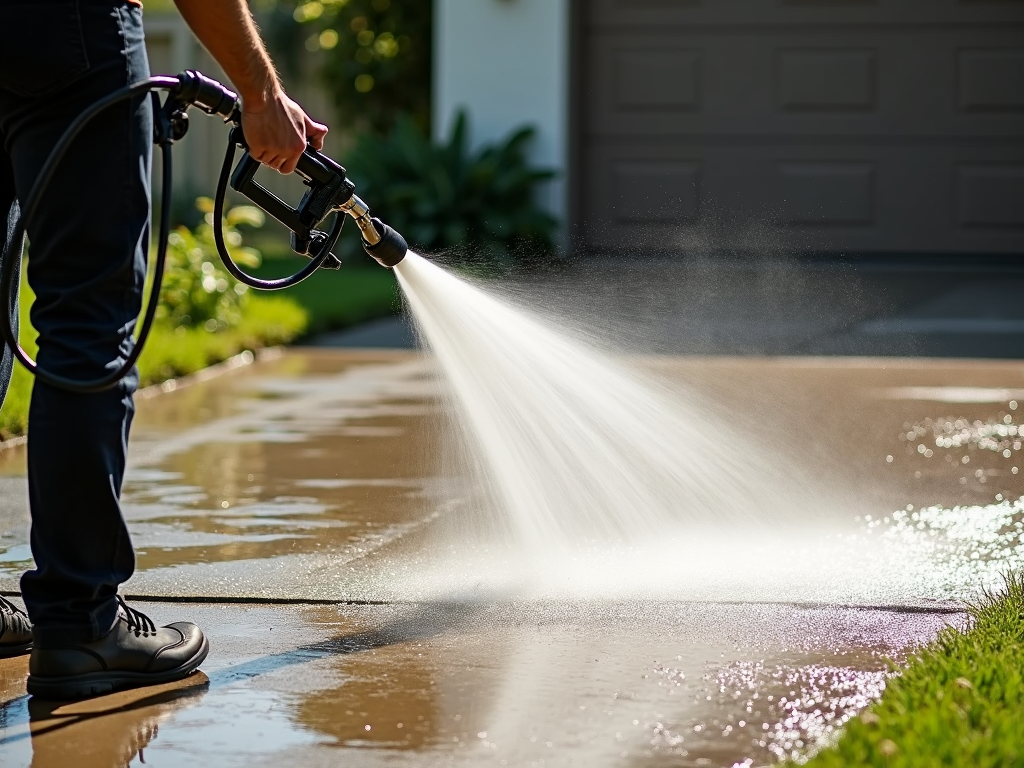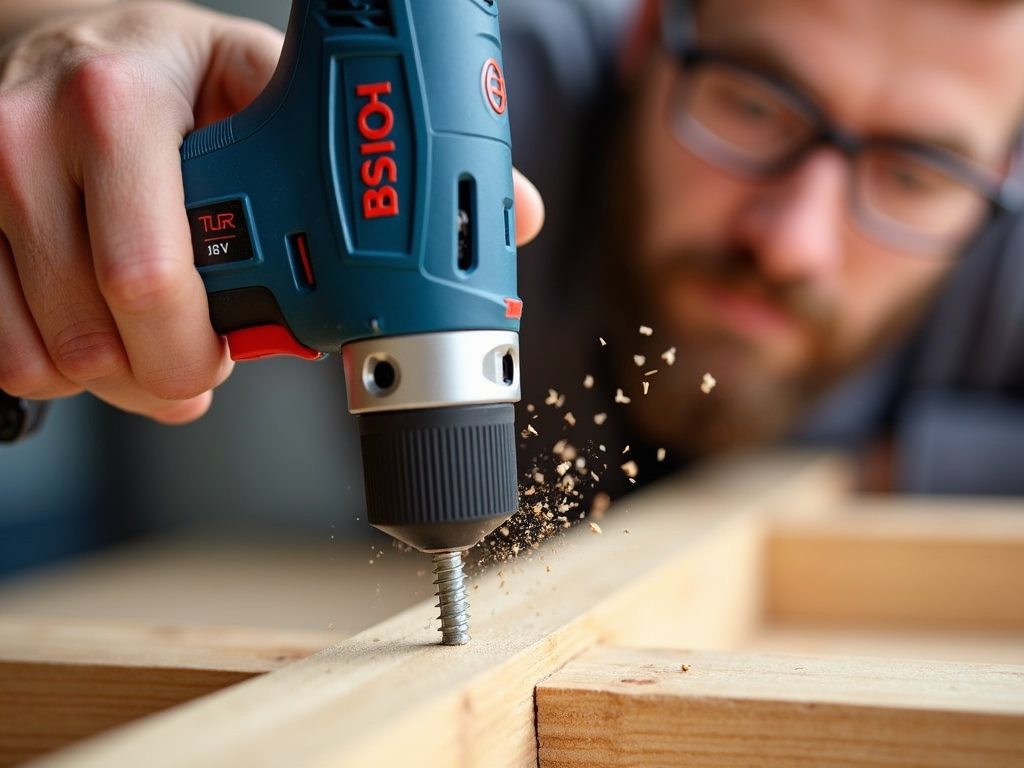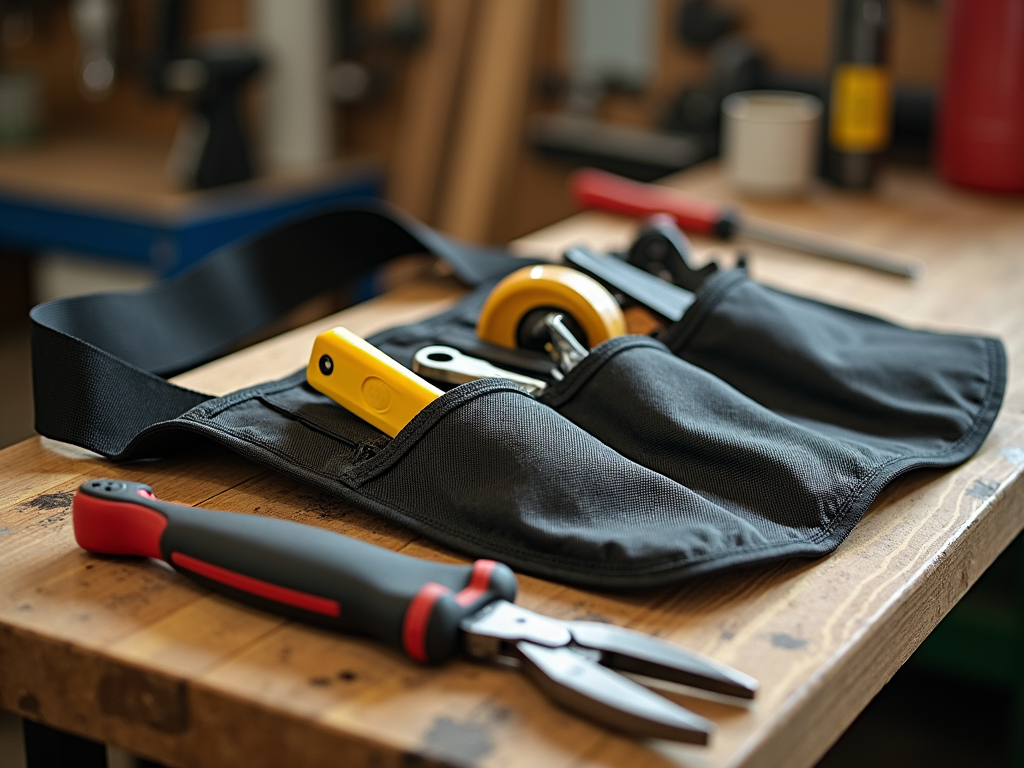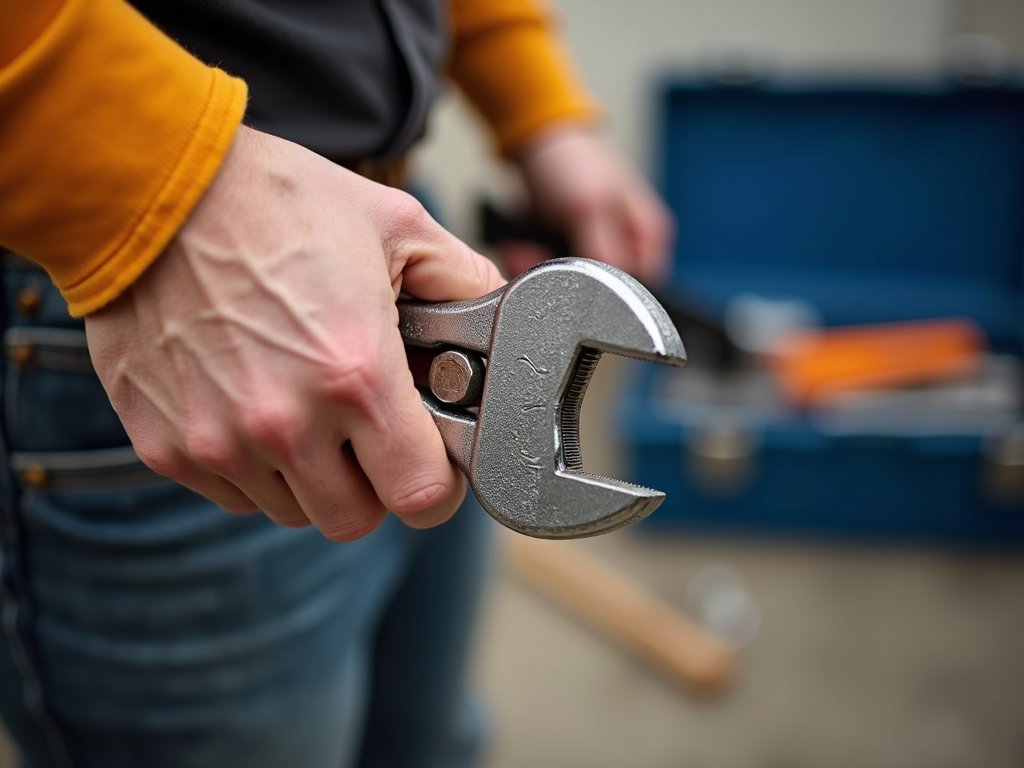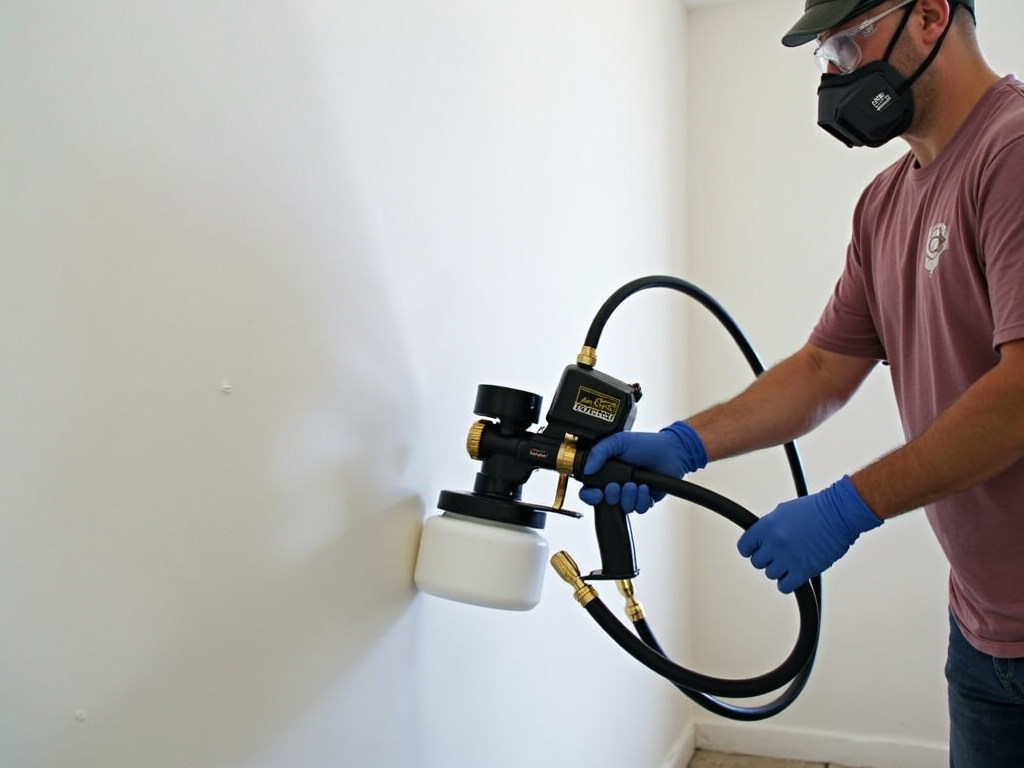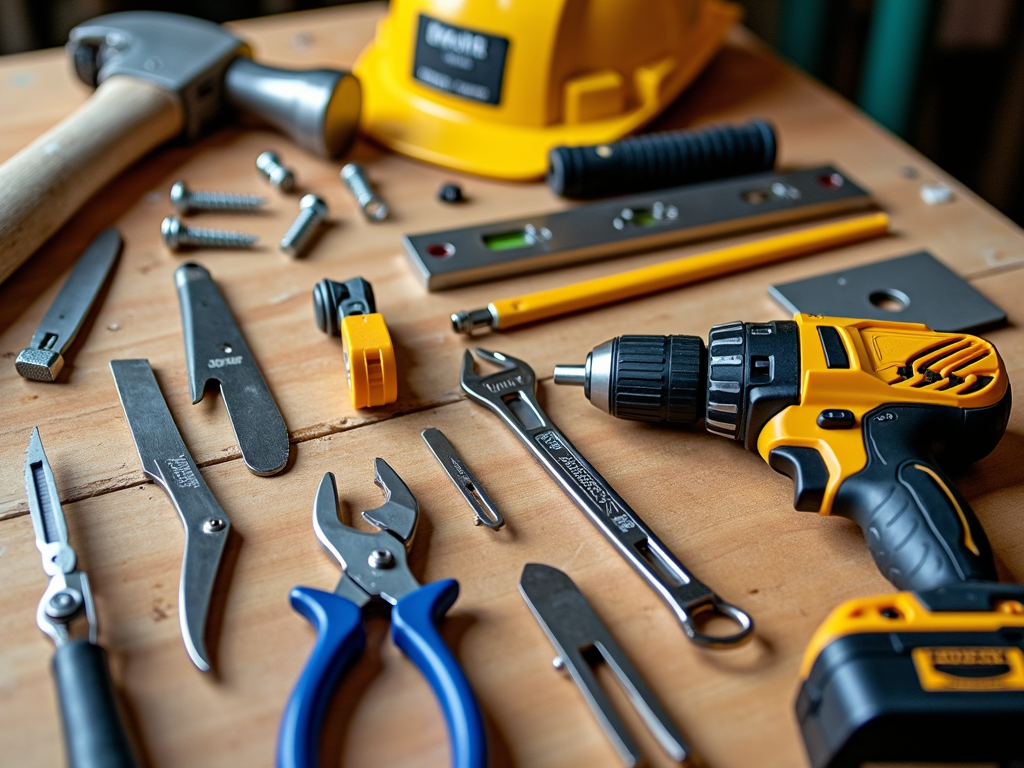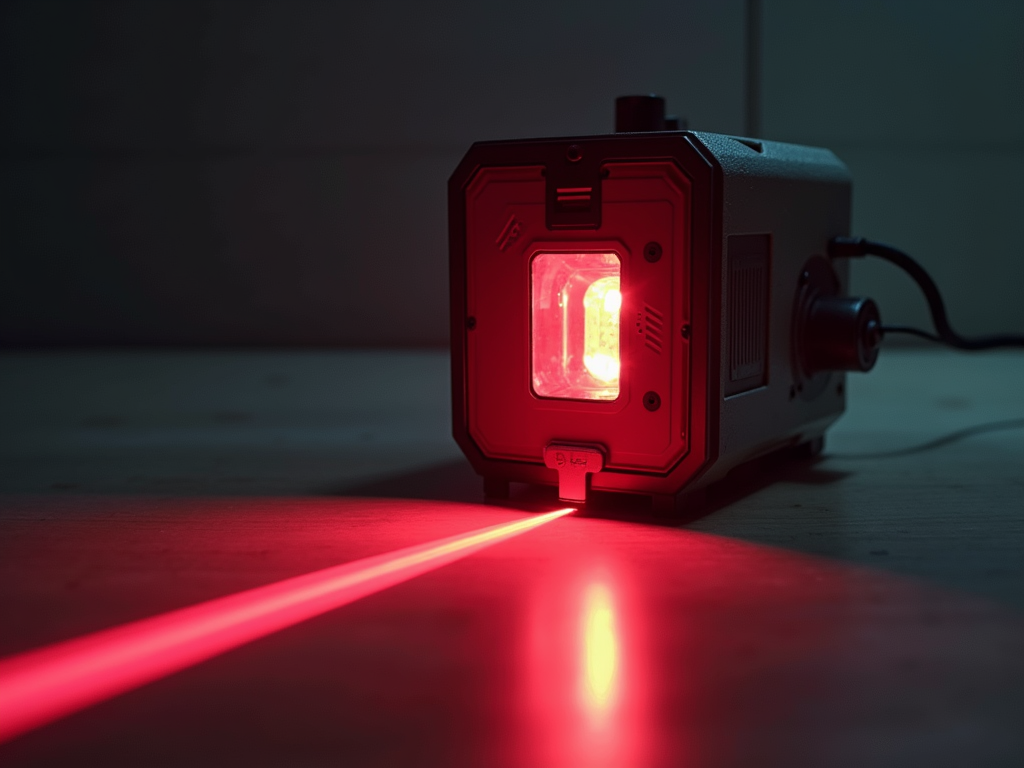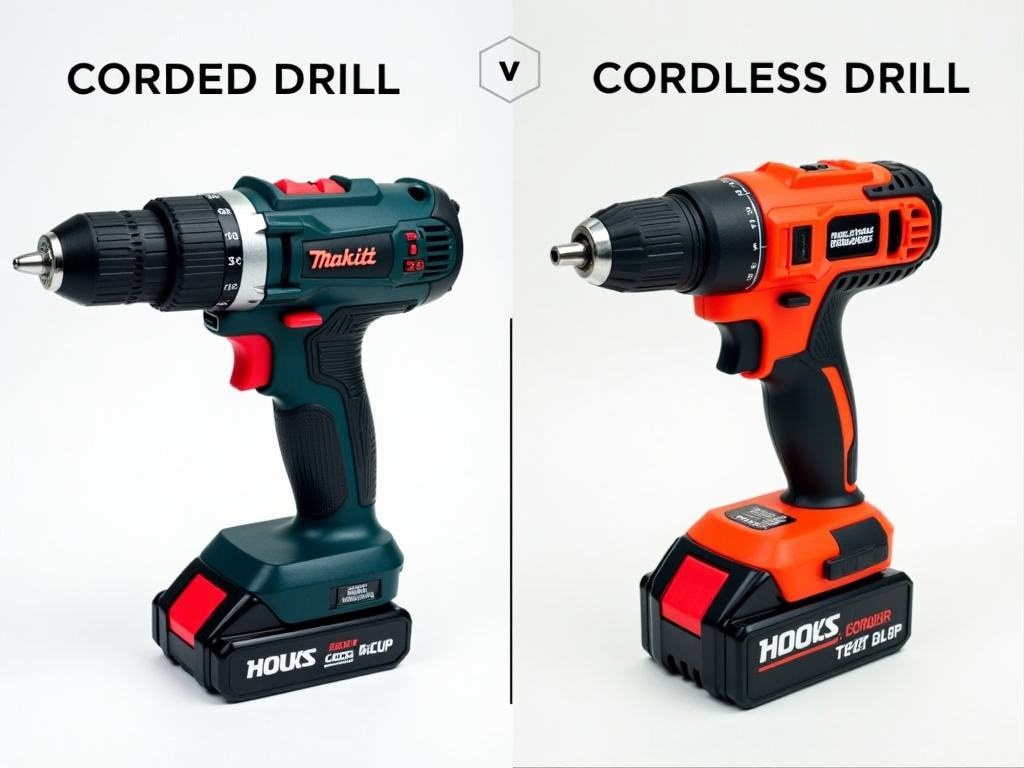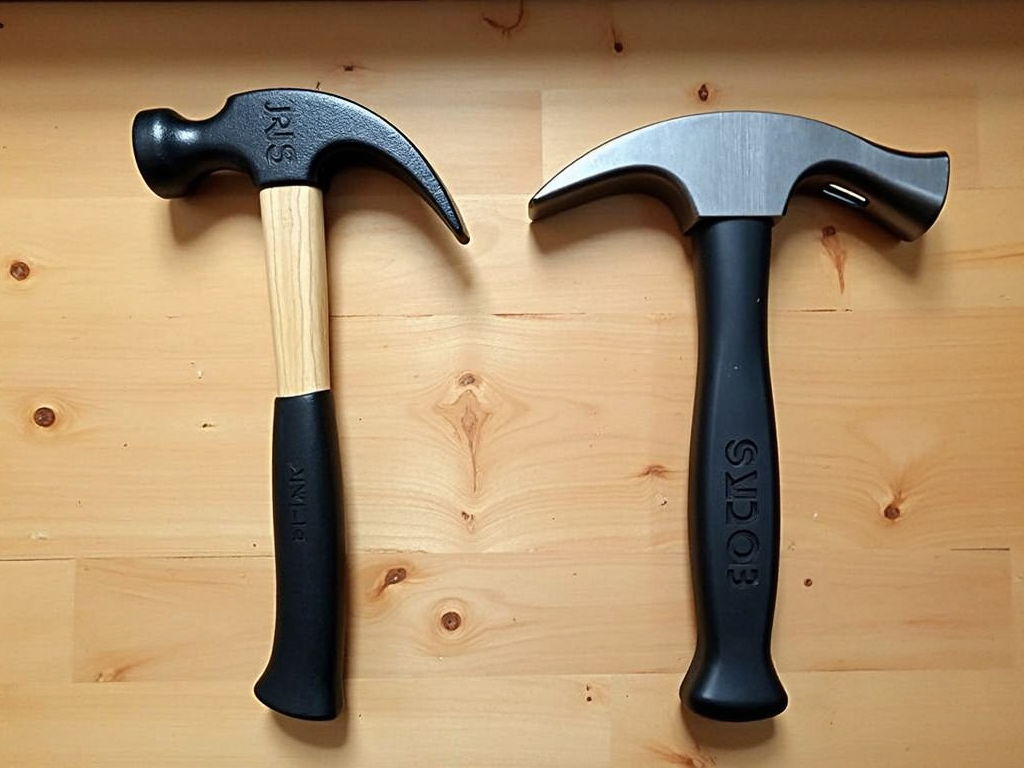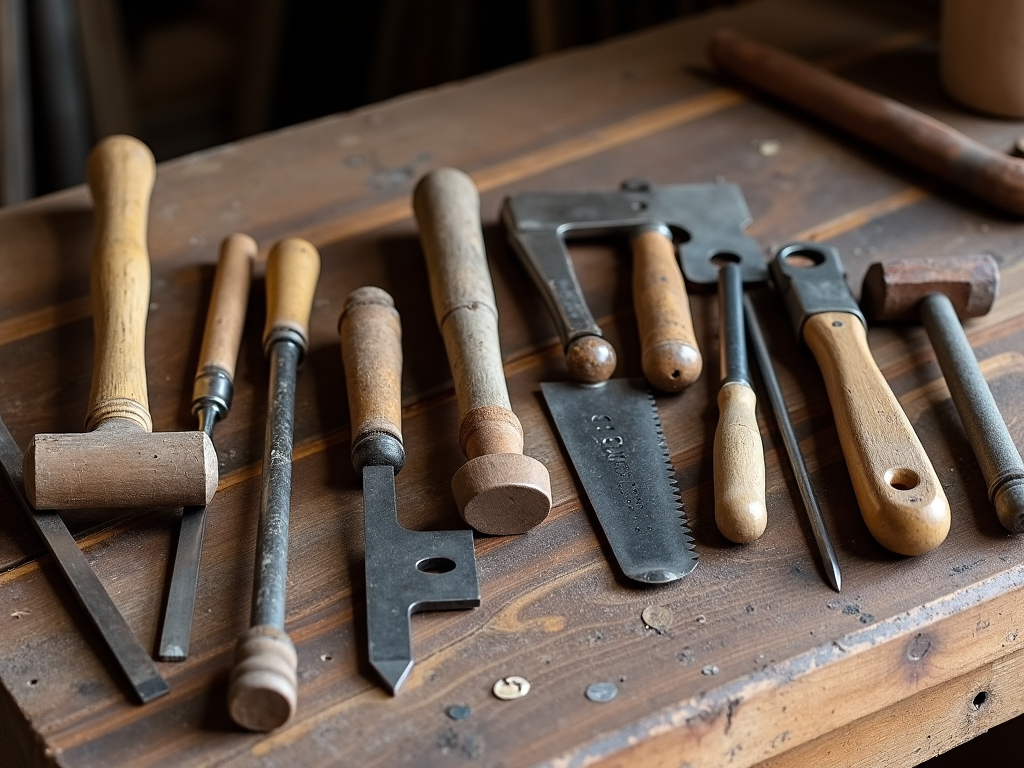Wrenches are must-have tools for anyone working with nuts, bolts, or machines. But using them safely matters just as much as getting the job done. This guide walks you through how to use wrenches safely, covering the best techniques, tool choices, and mistakes to steer clear of. Let’s dive in!
Wrenches come in all shapes and sizes, and each one has a purpose. Knowing what they do helps you pick the right one and avoid trouble. I’ve used plenty of workman tools over the years, and wrenches stand out for their versatility. But that versatility can bite back if you’re not careful.
What Are Wrenches and Why Do They Matter?
Wrenches tighten or loosen fasteners like nuts and bolts. They’re simple but powerful. Pick the wrong one, though, and you’re asking for a stripped bolt or a bruised hand. Let’s look at the main types you’ll run into.
Types of Wrenches You Should Know:
- Adjustable Wrenches: These have a sliding jaw to fit different sizes. They’re handy but need a snug fit to work safely.
- Socket Wrenches: With a handle and swappable sockets, these grip tight and shine in cramped spots.
- Torque Wrenches: Built for precision, they apply just the right force—perfect for car repairs.
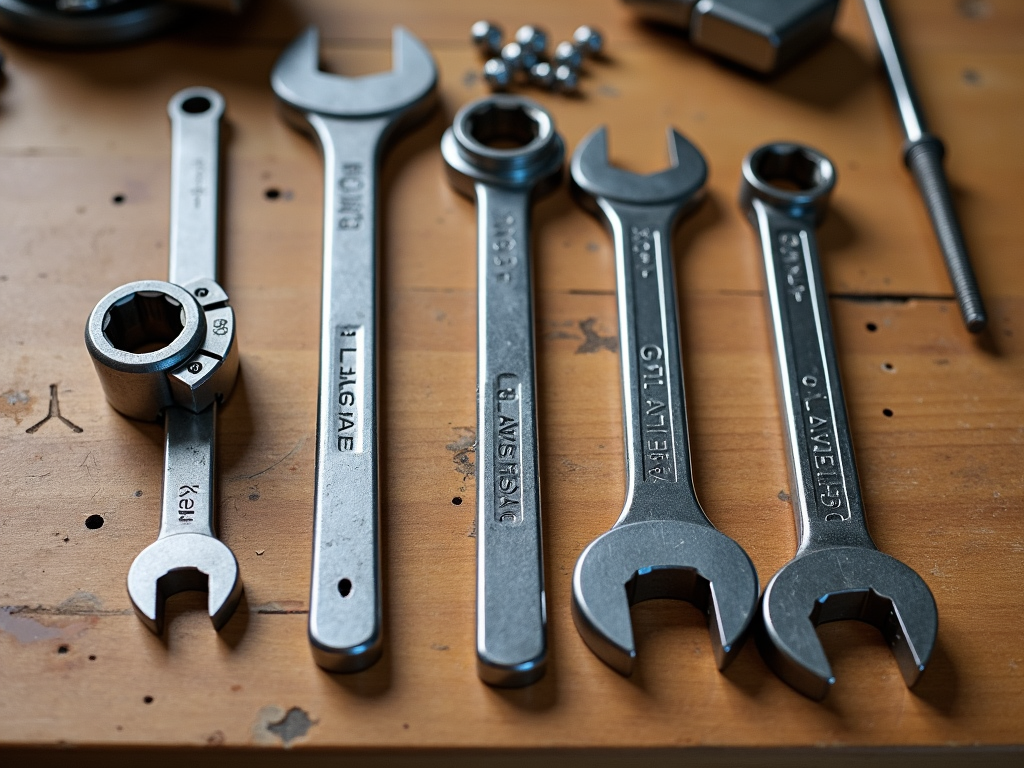
I learned the hard way why picking the right wrench matters. Once, I grabbed an adjustable wrench for a stubborn car bolt. It slipped, rounded the edges, and left me stuck. A socket wrench would’ve saved me hours. That’s why matching the tool to the task is step one.
Top Safety Tips for Using Wrenches:
1. Match the Size: A loose wrench slips and ruins fasteners. Check the fit first.
2. Pull, Don’t Push: Pull the wrench toward you for control. Pushing risks a slip and a banged knuckle.
3. Gear Up: Safety glasses and gloves shield you from debris or a sudden snap.
Another tip? Keep your wrenches in shape. A rusty or worn tool can fail when you least expect it. I once had a socket wrench snap mid-turn because I ignored the cracks. Now, I check my tools before every job. It’s a small step that saves big headaches.
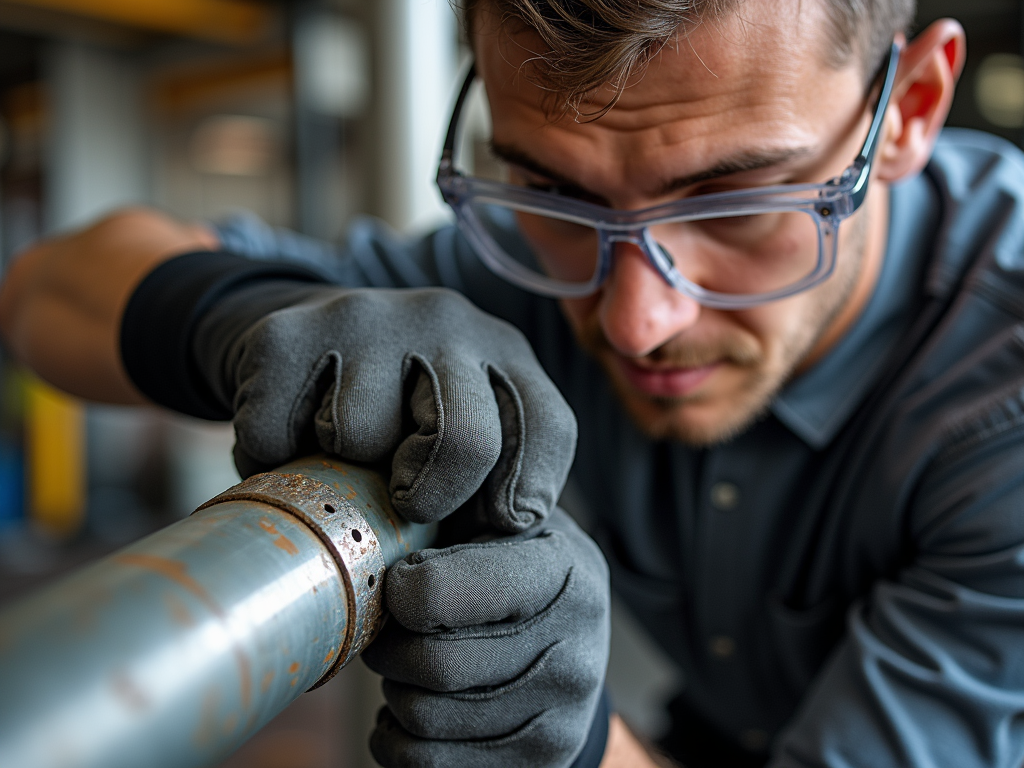
More Safety Musts:
4. Stay Steady: Brace yourself and the workpiece. A wobbly setup invites accidents.
5. Clean Tools Win: Grease or dirt makes wrenches slip. Wipe them down regularly.
6. Know Your Limits: If a bolt won’t budge, don’t force it—get a bigger wrench or some help.
Mistakes happen, but some are easy to avoid. Using a wrench as a hammer? Bad idea. I’ve seen a buddy chip a tooth that way when the tool broke. Wrenches aren’t built for pounding. Stick to their purpose, and you’ll keep your tools—and yourself—in one piece.
Common Slip-Ups to Skip:
- Wrong Size Woes: Too big or small, and you’ll strip the bolt.
- Overdoing It: Too much force breaks things. Ease up and check your work.
- Ignoring Wear: A damaged wrench is a ticking time bomb. Replace it.
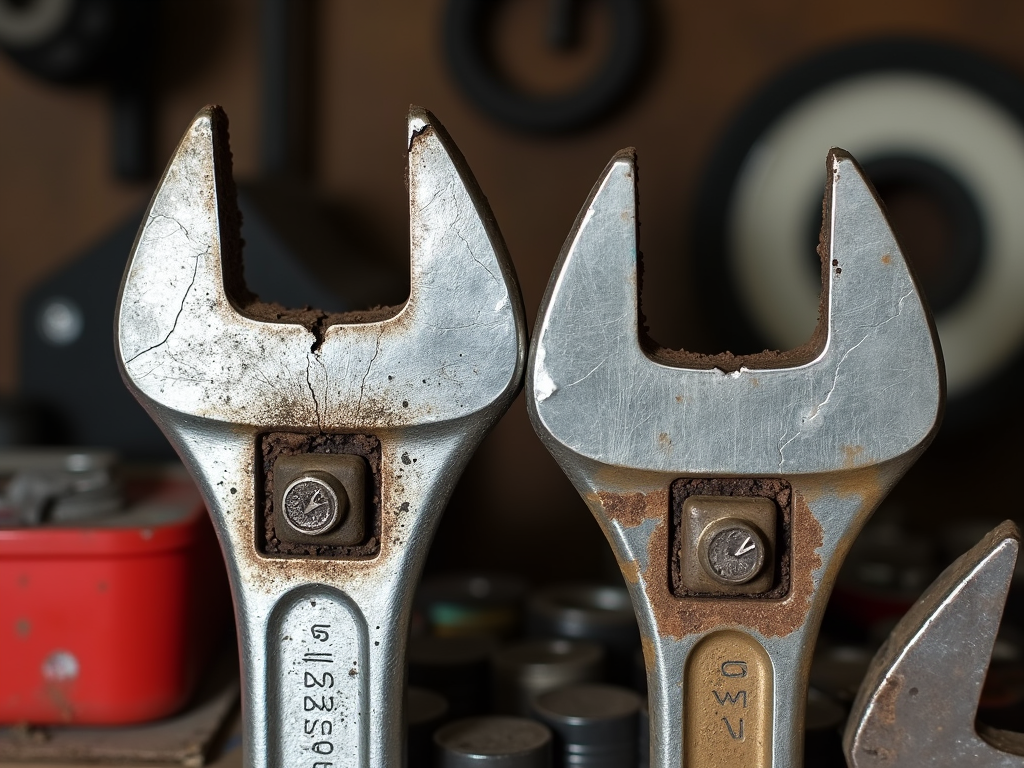
Table: Wrench Types at a Glance
| Wrench Type | Best For | Watch Out For |
|-------------|----------|---------------|
| Adjustable | General use, odd sizes | Loose fit slips |
| Socket | Tight spaces, strong grip | Wrong socket size |
| Torque | Precision jobs | Needs calibration |
Let’s talk torque wrenches for a sec. They’re game-changers for car work, but only if you use them right. The Home Depot guide on torque wrenches says to set the torque value first. I skipped that once and overtightened a lug nut—cost me a tire stud.
Adjustable wrenches have their own quirks. They’re great for odd jobs, but the jaw can wiggle loose. Tighten it just right, and double-check before you turn. I’ve had one slip mid-job, and the scrape on my hand reminded me to stay sharp.
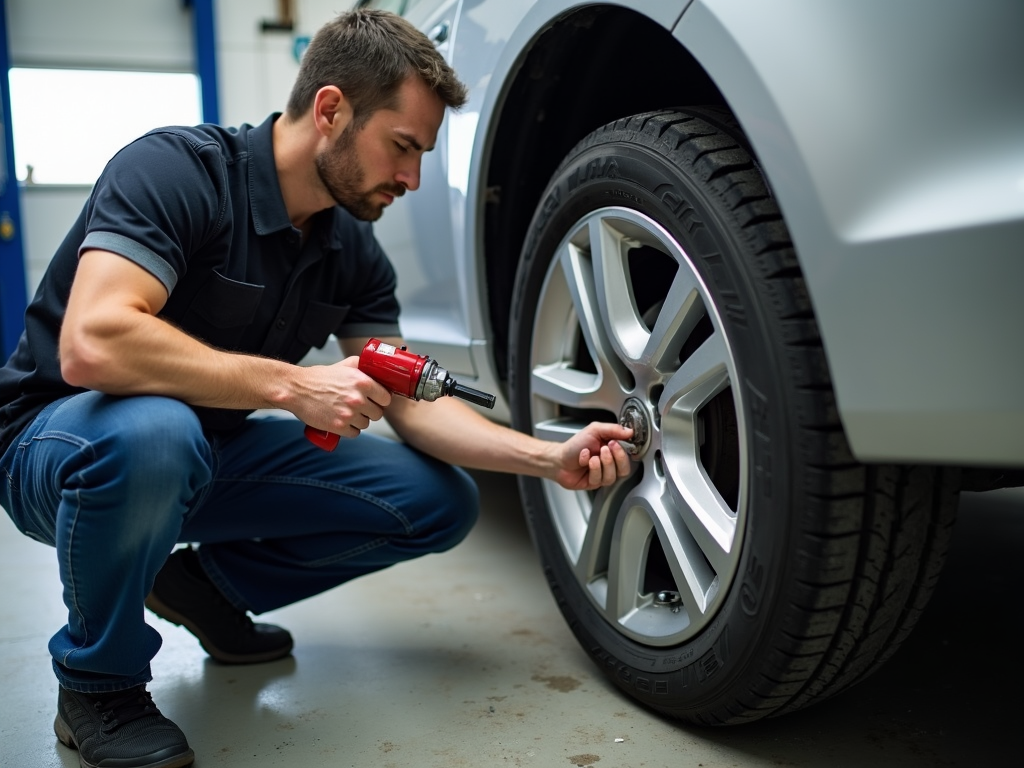
Dos and Don’ts Quick List:
Do:
- Pick the right wrench every time
- Wear gloves and glasses
- Pull with steady force
Don’t:
- Rush the job
- Use worn-out tools
- Swing it like a club
Here’s a pro tip: store your wrenches properly. I used to toss mine in a drawer, and they’d get scratched up. Now, I hang them on a pegboard. It keeps them ready and makes it easy to spot the one I need. Little habits like that go a long way.
Using wrenches safely isn’t hard, but it takes attention. Pick the right tool, handle it smart, and keep it clean. Skip the shortcuts, and you’ll finish your project without a hitch—or a trip to the ER. That’s the kind of workman I aim to be.

Wrapping up, how to use wrenches safely boils down to a few key moves. Match the wrench to the job, wear your gear, and respect the tool. Avoid the big no-nos like over-tightening or using beat-up gear. You’ll get the job done and keep your hands intact.
Related how to use wrenches safely:
- The Science Behind Power Washers: How They Work
- Top Workman Tools: Brands You Need to Know
- Advanced Techniques for Workshop Organization
- The Ultimate Guide to Tool Belts with Built-in Storage
- Essential Gear for New Contractors: Building Your Toolkit for Success
- 10 Must-Have Painting Tools for Faster Projects
- Top 10 Must-Have Tools for DIY Beginners: Your Essential Guide to Starting Strong
- Innovative Construction Tools: Boosting Efficiency on the Job Site
- Exploring the Latest Trends in Electrical Tools for 2023
- Why Ergonomics Boosts Efficiency: The Power of Ergonomic Hand Tools
- The Evolution of Power Tools: From Manual to Modern
- Maintenance Tips for Keeping Your Tools in Top Condition
